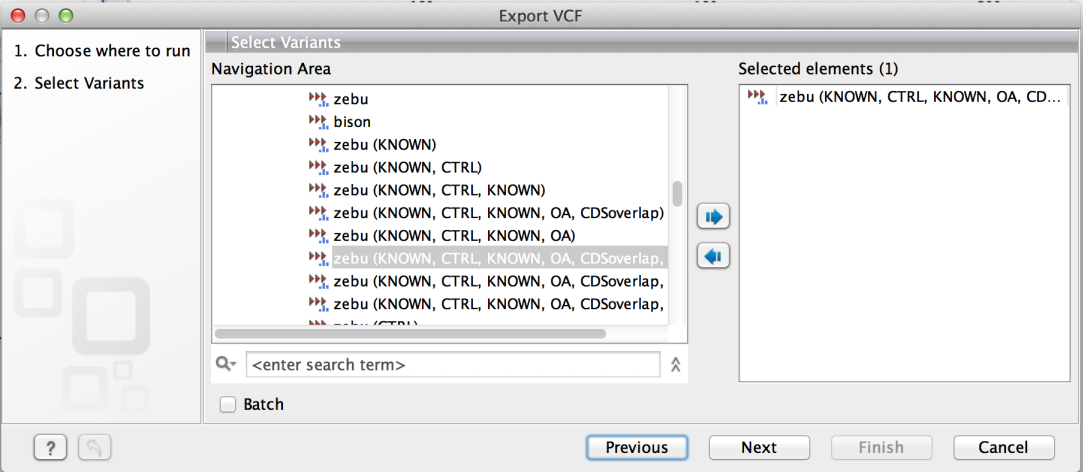

PLoS ONE 10(4):Īcademic Editor: Justin Merritt, Oregon Health and Science University, UNITED STATES (2015) Identification and Functional Analysis of Genome Mutations in a Fluoride-Resistant Streptococcus mutans Strain.

These findings can provide new insights into the mechanism of microbial fluoride resistance.Ĭitation: Liao Y, Chen J, Brandt BW, Zhu Y, Li J, van Loveren C, et al. In summary, using WGS sequencing, we were able to uncover genetic changes in the genome of a fluoride-resistant strain. No difference in expression was found for the other SNP-containing genes. The promoter region of this gene contained a SNP. In addition, one gene, which codes for a putative glycerol uptake facilitator protein, was found to be down-regulated by 60% in C180-2FR at an early growth phase. Two SNPs are located in this gene cluster, one in its promoter region and the other in its protein-coding region. A gene cluster containing genes coding for fluoride antiporters was up-regulated 10-fold in C180-2FR when compared to that in C180-2, independent of growth phase. Expression of the genes containing or in proximity to the SNPs in C180-2 and C180-2FR was then quantified by real-time PCR. Through extensive bioinformatic analysis, we were able to identify 8 single nucleotide polymorphisms (SNPs) in the genome of C180-2FR, which were further confirmed by Sanger sequencing. We performed 50 bp paired-end Illumina shotgun sequencing for both strains. The aim of this study is to identify such changes in a fluoride-resistant Streptococcus mutans strain (C180-2FR) using whole-genome shotgun (WGS) sequencing and to examine the potential function of the identified mutations by comparing gene expression between the fluoride-sensitive (C180-2) and C180-2FR strains.

However, until now, no studies have reported these genotypic changes. It was hypothesized that these phenotypic differences were due to stable genotypic changes in the fluoride-resistant strains.
#Clc sequence viewer alignment export license
Workflows and tools on commercial Workbenches can only be viewed using a commercial Workbench with a valid license installed.ĬLC Workbenches, including CLC Sequence Viewer, are available for Windows, Mac and Linux platforms.It is known that fluoride-resistant microorganisms are different from fluoride-sensitive ones in growth, adherence and metabolic activity. Viewing Mode does not require a license and can be used for free. If you have access to a CLC Genomics Server, you can also connect to it and view data held on the server. Using the Viewing Mode of CLC Genomics Workbench, you can also view all data types supported by the CLC Genomics Workbench, such as tracks, heat maps and PCA plots. The analysis and viewing functionalities of the CLC Sequence Viewer are also available by running the CLC Genomics Workbench, version 11.0 and higher, in Viewing Mode. It can also be used to view some of the analysis outputs of CLC commercial workbenches, with the exceptions of some more advanced data types, such as track-based data, and data stored on a CLC Genomics Server. Candidate Division SR1 and GracilibacteriaĬLC Sequence Viewer is a free, user friendly application offering access to basic bioinformatics analyses. Echinoderm Mitochondrial Flatworm Mitochondrial Ciliate Nuclear Dasycladacean Nuclear Hexamita Nuclear Mold Mitochondrial Protozoan Mitochondrial Coelenterate Mitochondrial Mycoplasma Spiroplasma Restriction enzymes database configuration.Bioinformatics explained: Multiple alignments.Bioinformatics explained: Protein statistics.Tools for linking sequence and structure.Mark molecule as circular and specify starting point.Using split views to see details of the circular molecule.Export of folders and multiple elements in CLC format.Selecting which part of the view to print.When the program is installed: Getting started.Installation on Linux with an installer.


 0 kommentar(er)
0 kommentar(er)
